Are you a bonsai enthusiast? Looking for the best bonsai trees which are suitable for beginners? This article is about the best bonsai trees for beginners that will help to know the details of it.
The main purpose of the bonsai tree is to preserve the whole tree as a miniature form of artistry. As a bonsai beginner, you have to choose the most suitable trees. Basically, it would help you to nurture properly and bring out the best possible outcome to make a precise bonsai.
Indeed, the work of bonsai is creative and a work of patience. As a bonsai lover, you have to take care of your trees properly and regularly. Patience is the key to success in making bonsai properly.
In this article, we are going to discuss some of the beginner-friendly bonsai trees that would help you to start your bonsai career properly.
Related Article: The Art of Bonsai: Making of Stunning Miniature Trees
You may also read: Ming Aralia Bonsai Trees: A Unique Addition to Your Garden
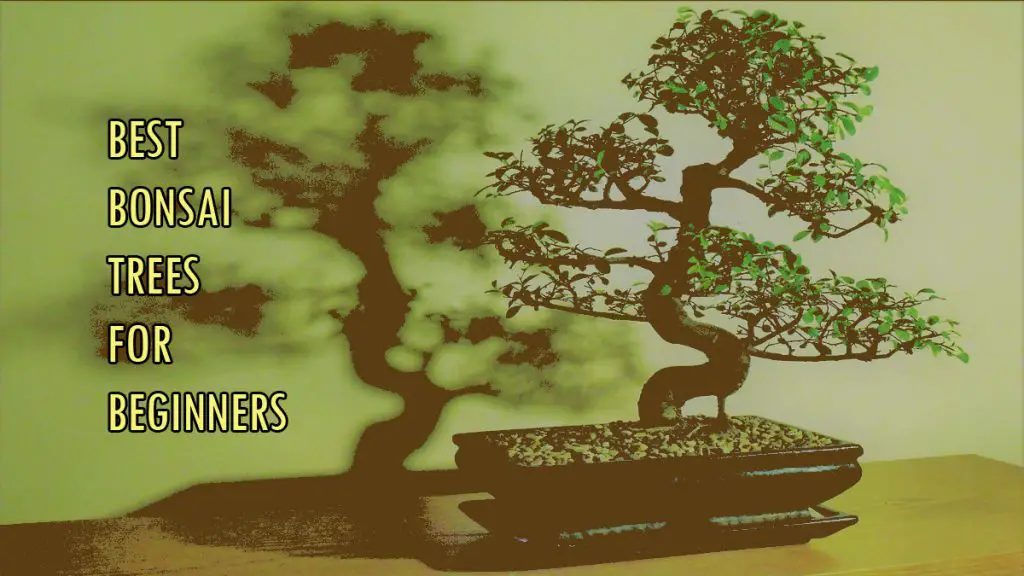
Related Article: Bonsai For Beginners: How To Grow Bonsai Tree
You may also read: The Fascinating World of Acacia Bonsai Tree
Best Bonsai Trees For Beginners
Bonsai, the ancient Japanese art of cultivating miniature trees, offers gardening enthusiasts a unique and fulfilling experience. If you’re new to this captivating hobby, selecting the right tree is crucial for success. Here are ten of the best bonsai trees for beginners:
1. Chinese Elm (Ulmus parvifolia)
The Chinese Elm (Ulmus parvifolia) is one of the most beloved and widely cultivated bonsai tree species. Basically, it is admired for its elegant aesthetics and resilience. Originating from East Asia, this tree has earned its reputation as a perfect choice for bonsai enthusiasts, particularly beginners.
These bonsai trees are a timeless and popular choice among bonsai enthusiasts. Loved for their hardiness and forgiving nature, they are ideal for beginners in the art of bonsai.
These bonsai trees are adaptable, with small, oval-shaped leaves and appealing bark that allows for a variety of shaping approaches. Their adaptability helps them to thrive in both indoor and outdoor environments.
To care for Chinese Elm bonsai trees, provide ample sunlight and a well-draining soil mix. Regular pruning and wiring will help maintain their desired form and promote healthy growth.
These miniature masterpieces evoke a sense of elegance and harmony, making them a captivating addition to any bonsai collection. With patience and care, Chinese Elm bonsai trees can flourish and stand as a testament to the artistry and beauty of the bonsai tradition.
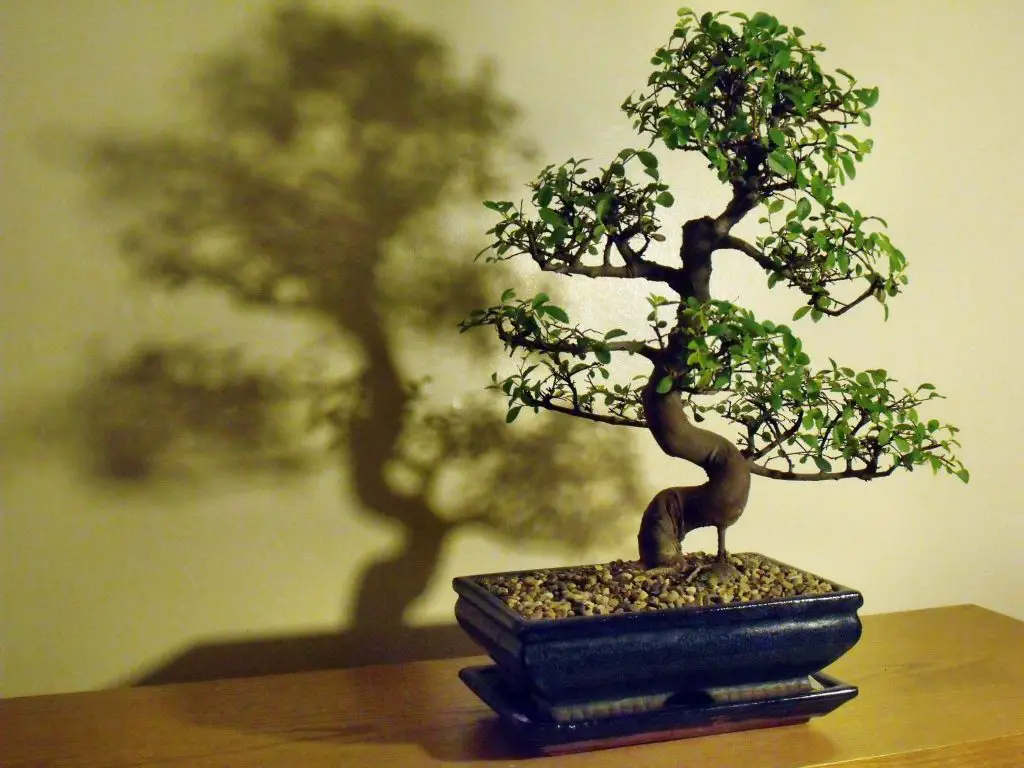
Related Article: Bonsai Soil Mix: Essential Ingredients for Healthy Growth
2. Juniper (Juniperus)
With a wide range of species to choose from, Junipers are versatile and adaptable to different climates. They require little upkeep and are ideal for novices.
Juniper (Juniperus) bonsai trees are cherished for their enduring appeal and versatility. With over 50 species available, these evergreen trees offer a wide array of styles, making them ideal for bonsai artists of all levels.
Their small, needle-like leaves and rugged, weathered bark create a sense of age and resilience. Junipers are renowned for their ability to thrive in various climates and require relatively simple care.
Bonsai enthusiasts can shape Junipers into diverse styles, such as formal upright, informal upright, cascading, and windswept, offering endless creative possibilities.
To ensure their well-being, provide Juniper bonsai trees with ample sunlight, well-draining soil, and a consistent watering routine. Regular pruning and wiring will maintain the desired form and foster healthy growth.
Juniper bonsai trees evoke a sense of serenity and timelessness. It is perfect for adding a touch of nature’s grace to any living space or garden. With their enduring beauty and adaptability, Junipers remain a beloved choice in the captivating world of bonsai.
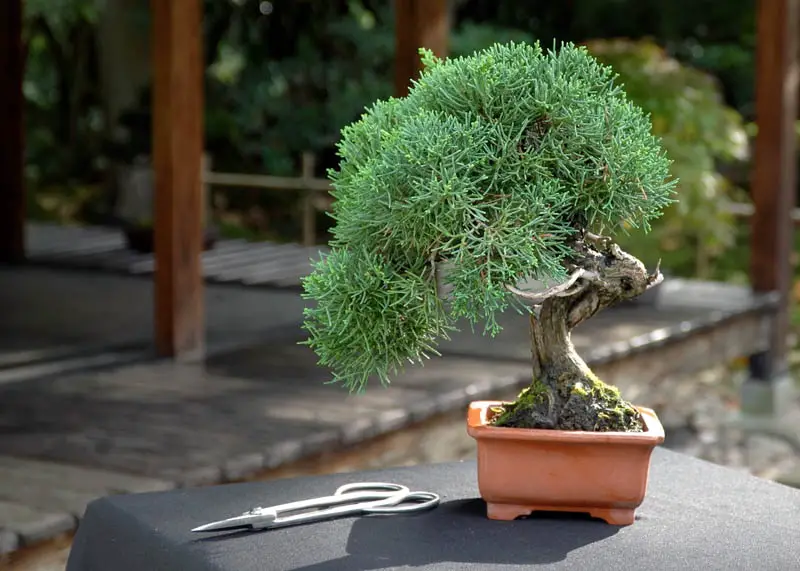
Related Article: Bonsai Pruning Techniques: Master the Art of Miniature Trees
3. Ficus (Ficus retusa)
If you prefer indoor bonsai, Ficus trees are a perfect fit. They have glossy leaves and can form aerial roots, adding to their aesthetic appeal.
Ficus (Ficus retusa) bonsai trees, also known as “Indian Laurel,” are cherished for their captivating beauty and adaptability. As indoor bonsai, they thrive in various conditions, making them an excellent choice for beginners.
With glossy, dark green leaves and aerial roots, Ficus bonsai trees exude a sense of elegance and charm. They can be styled into various forms, such as the classic informal upright or the dramatic banyan style, allowing artists to explore their creativity.
To care for Ficus bonsai trees, provide them with bright, indirect sunshine and continuous watering to keep the soil damp but not wet. Pruning and wiring will aid in shaping and preserving their beautiful appearance.
Ficus bonsai trees bring a touch of the tropical outdoors into any interior space, making them a popular and rewarding addition to the world of bonsai.
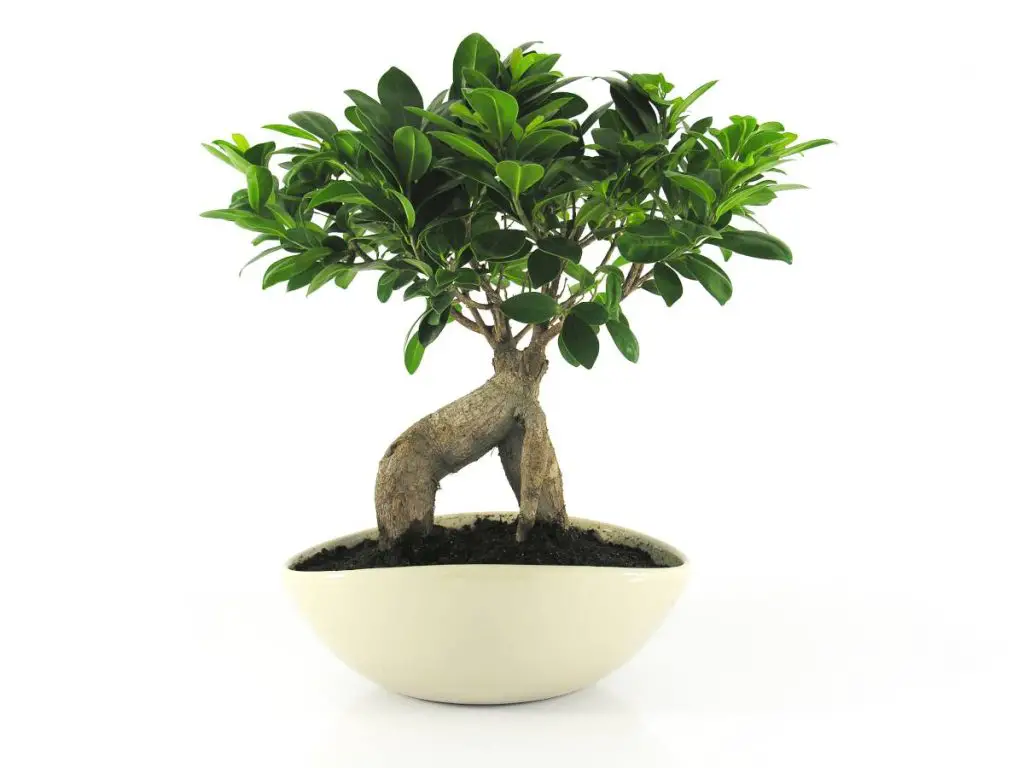
Related Article: Bonsai Species: A Comprehensive Guide to Stunning Miniature Trees
4. Japanese Maple (Acer palmatum)
Loved for their stunning foliage, Japanese Maples are popular among bonsai artists. Though they require a bit more care, their beauty is worth the effort.
Japanese Maple (Acer palmatum) bonsai trees are renowned for their exquisite beauty and unique foliage. With delicate, palm-shaped leaves that display stunning colors throughout the seasons, they are a captivating addition to any bonsai collection.
Their graceful branches and intricate structure lend themselves well to various bonsai styles, including the classic upright and the elegant cascade.
To thrive, Japanese Maple bonsai trees require a sheltered spot with dappled sunlight and well-draining soil. Regular pruning and wiring will maintain their desired shape and encourage new growth.
Throughout the year, these bonsai trees transition through vibrant hues, from lush greens in spring and summer to fiery reds, oranges, and yellows in autumn.
Japanese Maple bonsai trees epitomize nature’s beauty in miniature form, evoking a sense of tranquility and artistry. Their allure makes them a popular choice for both seasoned enthusiasts and beginners in the world of bonsai.
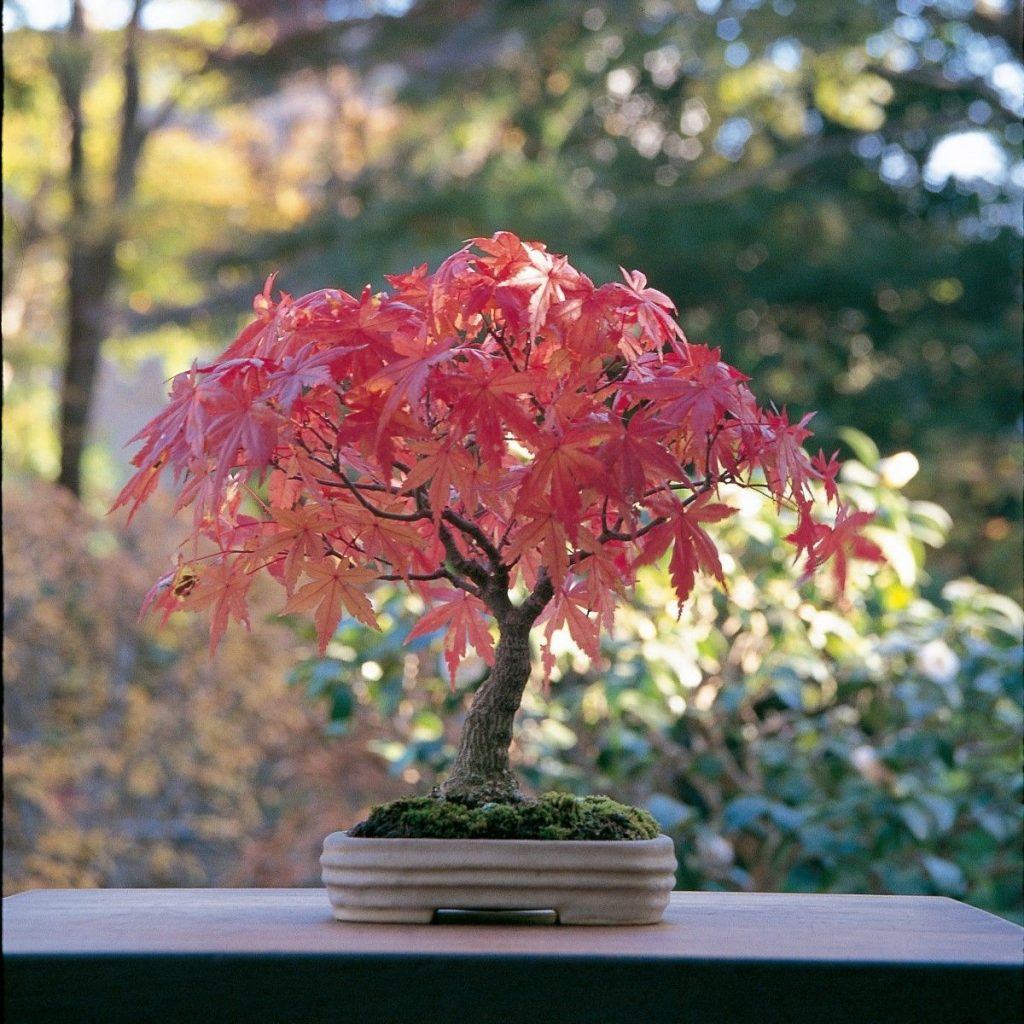
Related Article: Bonsai Styles: Master the Art of Miniature Tree Design
5. Jade (Crassula ovata)
For beginners seeking a succulent bonsai, Jade is an excellent choice. They are resilient and can tolerate occasional neglect.
Jade (Crassula ovata) bonsai trees, also known as “Money Trees” or “Lucky Plants,” are delightful and easy-to-care-for choices for bonsai enthusiasts, particularly beginners.
With their fleshy, glossy green leaves and thick, woody trunk, Jade bonsai trees exude a charming and resilient presence. They are native to South Africa and have become popular indoor bonsai due to their ability to thrive in dry conditions.
Jade bonsai trees can be styled into various forms, from the classic informal upright to the windswept or semi-cascade styles, making them versatile and attractive additions to any collection.
To maintain their health, place Jades in a bright spot with indirect sunlight and avoid overwatering. Their thick leaves store water, allowing them to withstand periods of drought.
With their symbolic associations of luck and prosperity, Jade bonsai trees bring positive energy and a touch of nature’s elegance to any home or workspace.

6. Serissa (Serissa foetida)
Known as “Snow Rose,” Serissa features delicate white flowers and tiny leaves. While they demand more attention, their elegance makes them captivating bonsai subjects.
Serissa (Serissa foetida) bonsai trees, commonly known as “Snow Rose” or “Tree of a Thousand Stars,” are cherished for their delicate beauty and tiny white flowers.
Originating from Southeast Asia, Serissa bonsai trees feature small, dark green leaves and produce stunning star-shaped blooms, creating a captivating display during the flowering season.
As indoor bonsai, they require a bit more attention and care than some other species. They prefer bright, indirect light and a consistent watering schedule to maintain proper soil moisture.
Serissa bonsai trees can be styled into various forms, such as the classic upright or the informal cascade style, allowing artists to express their creativity.
Despite their delicate appearance, Serissa bonsai trees are hardy and can withstand occasional pruning and shaping.
With their enchanting flowers and petite leaves, Serissa bonsai trees bring an air of elegance and charm to any interior space, making them a sought-after addition to bonsai collections.
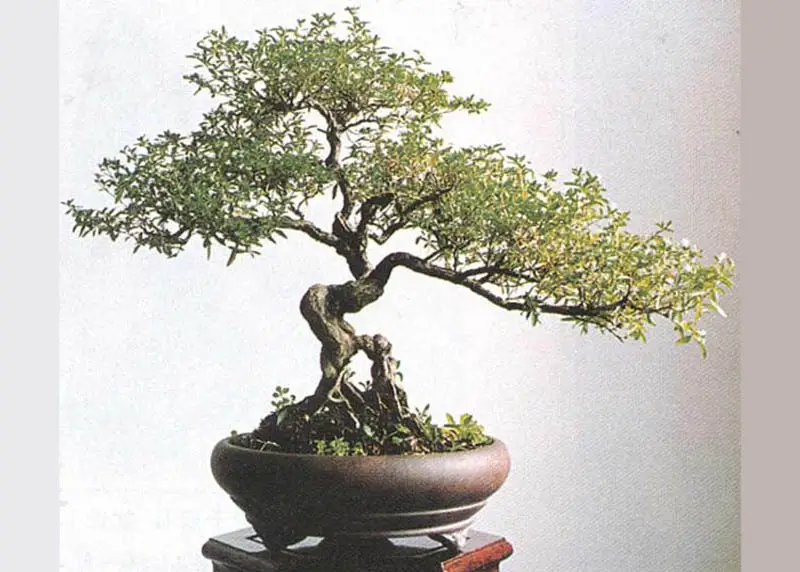
7. Dwarf Schefflera (Schefflera arboricola)
An easy-to-care-for option, Dwarf Schefflera is perfect for beginners. They have attractive, glossy foliage and can thrive both indoors and outdoors.
Dwarf Schefflera (Schefflera arboricola) bonsai trees, also known as “Hawaiian Umbrella Trees,” are beloved for their lush, umbrella-like foliage and compact size.
Native to Taiwan, these tropical beauties are well-suited for indoor bonsai due to their adaptability to a wide range of light conditions. They can thrive in both low and bright-light environments.
Dwarf Schefflera bonsai trees have small, glossy green leaves that create a dense canopy, resembling an elegant miniature umbrella.
They are relatively easy to care for, requiring regular watering to keep the soil evenly moist and occasional pruning to maintain their shape and encourage new growth.
Dwarf Schefflera bonsai trees can be styled into various forms, including the classic upright and the informal group style, offering a range of artistic possibilities.
With their graceful appearance and low-maintenance nature, Dwarf Schefflera bonsai trees bring a touch of tropical charm and greenery to any indoor space.
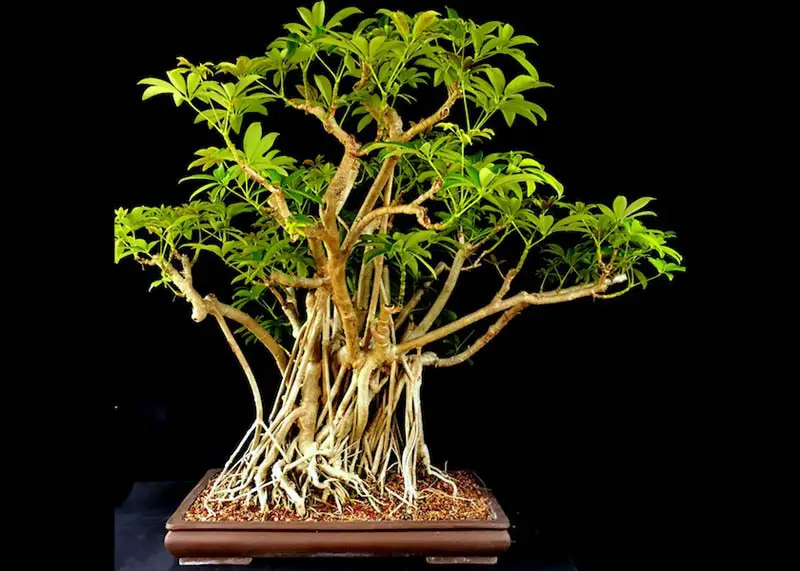
8. Boxwood (Buxus sempervirens)
Boxwood bonsai trees are well-suited for beginners due to their hardiness and compact growth. They respond well to pruning and shaping.
Boxwood (Buxus sempervirens) bonsai trees are elegant and timeless choices, revered for their fine-textured foliage and versatility.
Native to Europe and parts of Africa and Asia, Boxwood bonsai trees have small, glossy leaves and respond well to pruning and shaping, making them a favorite among bonsai artists.
They can be styled into various forms, such as the classic formal upright or the compact group style, offering an array of design options for enthusiasts.
Boxwood bonsai trees prefer a bright, partially shaded spot and well-draining soil. Regular watering and occasional feeding will maintain their health and vibrant green color.
With their compact size and evergreen nature, Boxwood bonsai trees offer year-round beauty and a touch of classic elegance to any bonsai collection. Their adaptability and refined appearance make them a popular choice among bonsai enthusiasts of all levels.
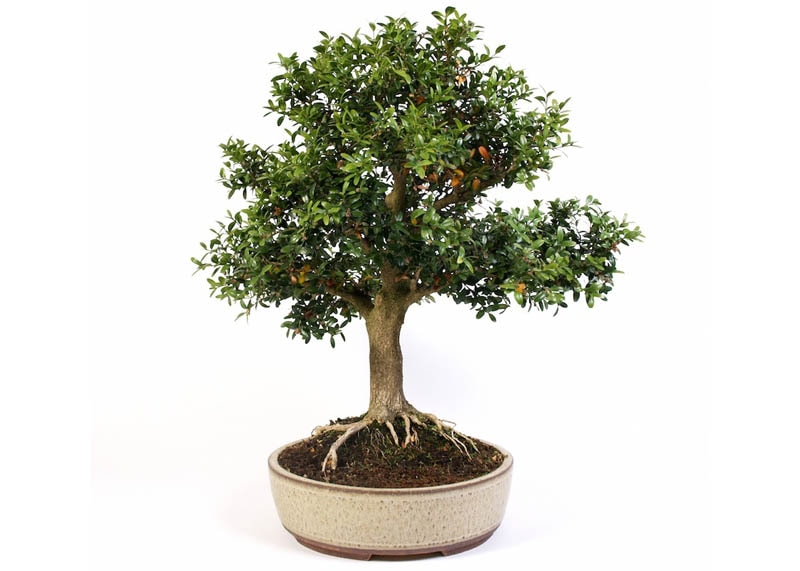
9. Cotoneaster (Cotoneaster horizontalis)
With small, vibrant berries and graceful branches, Cotoneaster is a delightful choice for beginners. They are easy to maintain and create a beautiful visual display.
Cotoneaster (Cotoneaster horizontalis) bonsai trees are beloved for their vibrant berries and graceful, cascading branches.
Originating from China and parts of Europe, Cotoneaster bonsai trees display small, glossy leaves and produce bright red or orange berries during the autumn months, adding a pop of color to their elegant appearance.
As outdoor bonsai, they prefer full sun to partial shade and well-draining soil. Cotoneasters are hardy and can endure colder climates, making them suitable for various regions.
Cotoneaster bonsai trees are excellent choices for the cascade or semi-cascade styles, as their branches gracefully drape over the container’s edge.
Regular pruning and wiring will help maintain their desired shape and encourage new growth.
With their stunning berries and artistic appeal, Cotoneaster bonsai trees bring natural beauty and a touch of autumnal charm to any garden or outdoor setting.
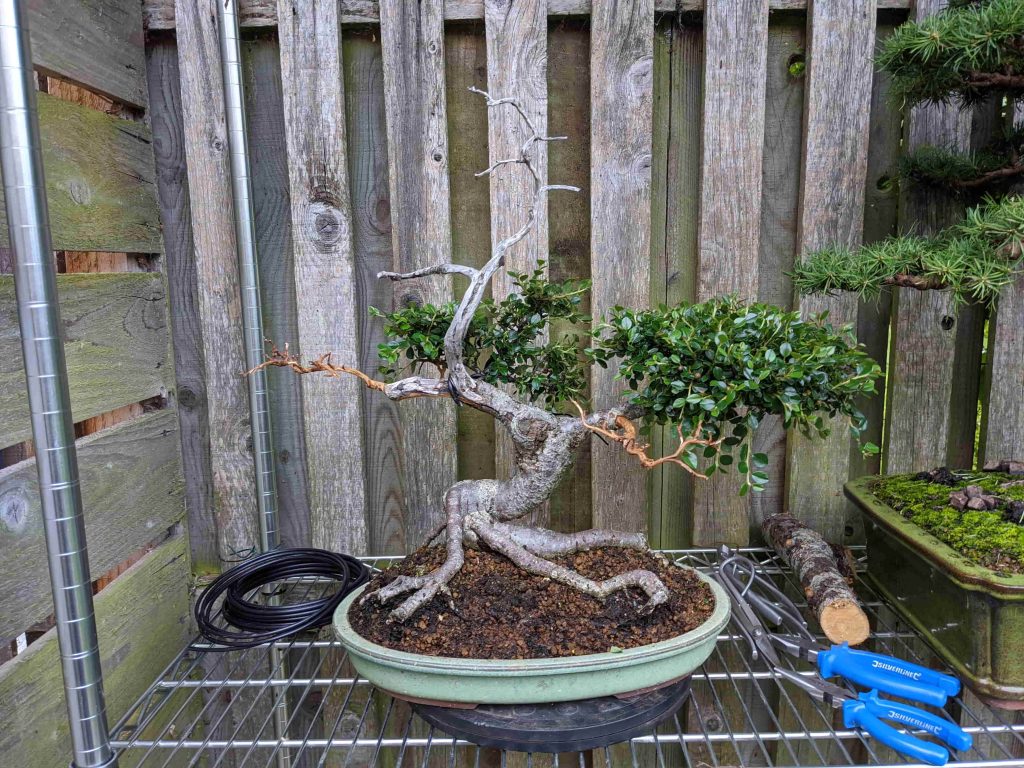
10. Brazilian Raintree (Brunfelsia pauciflora)
Known for their enchanting flowers and small leaves, Brazilian Raintrees are beginner-friendly and a pleasure to cultivate.
The Brazilian Raintree (Brunfelsia pauciflora) bonsai tree is a captivating and unique choice. Basically, it is admired for its enchanting flowers and attractive foliage.
Native to South America, Brazilian Raintrees have small, dark green leaves that create a lush canopy. However, their most striking feature is the clusters of exquisite, trumpet-shaped flowers that change color as they age, transitioning from white to yellow to pink.
As outdoor bonsai, they require a warm and sunny climate, thriving in tropical or subtropical regions.
Pruning and wiring will help shape the Brazilian Raintree bonsai into various styles, such as the informal upright or the clump style, showcasing its vibrant blooms.
Due to their specific care needs, Brazilian Raintrees are better suited for bonsai enthusiasts with some experience.
With their magical flowers and lush foliage, Brazilian Raintree bonsai trees add a touch of wonder and beauty to any outdoor bonsai collection.

To know more about bonsai, Go Here >>>
Related Article: Best Bonsai Watering Cans Effective For Nurturing Bonsai
You may also read: Best Bonsai Pots: Elevate Your Miniature Trees with Style
Conclusion
In conclusion, the world of bonsai offers a fascinating and rewarding journey for beginners, and selecting the right tree is essential for a successful experience. The bonsai trees for beginners listed here encompass a diverse array of choices, each with its unique charm and characteristics.
From the hardy and forgiving Chinese Elm to the vibrant and versatile Juniper, beginners can find a perfect match for their skill level and preferences. Ficus and Japanese Maple bonsai trees bring a touch of elegance and beauty to any indoor or outdoor setting, while Jade and Serissa offer their own resilient and delicate allure.
The Dwarf Schefflera is an easy-to-care-for option, while Boxwood and Cotoneaster offer evergreen beauty and autumnal charm. Lastly, the Brazilian Raintree stands out for its enchanting flowers and tropical allure.
Whichever bonsai tree beginners choose, they embark on a journey of patience, creativity, and harmony with nature. As they learn and nurture these living works of art, they’ll find joy and fulfillment, witnessing the transformation of these miniature masterpieces.
Remember, bonsai is a journey of patience and dedication. Embrace the process, and with time and care, your miniature trees will transform into living works of art. Happy bonsai gardening! 🌳
Related Article: Best Bonsai Tools To Make A Proper Bonsai
Related Article: Are Bonsai Trees Hard to Take Care of? Debunking Myths
- DIY Room Decor Ideas: Transform Your Space on a Budget - May 16, 2025
- Landscape Ideas for Front of House Low Maintenance: Effortless Curb Appeal - March 21, 2025
- Patio Garden Ideas: Transform Your Outdoor Oasis - January 19, 2025


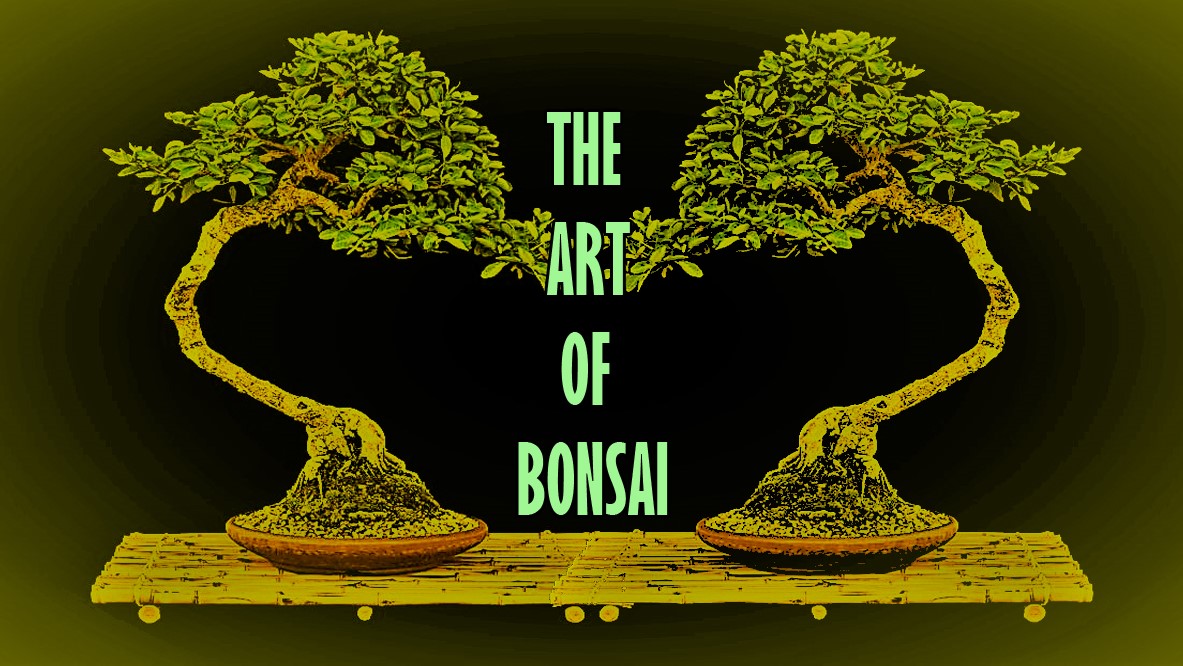
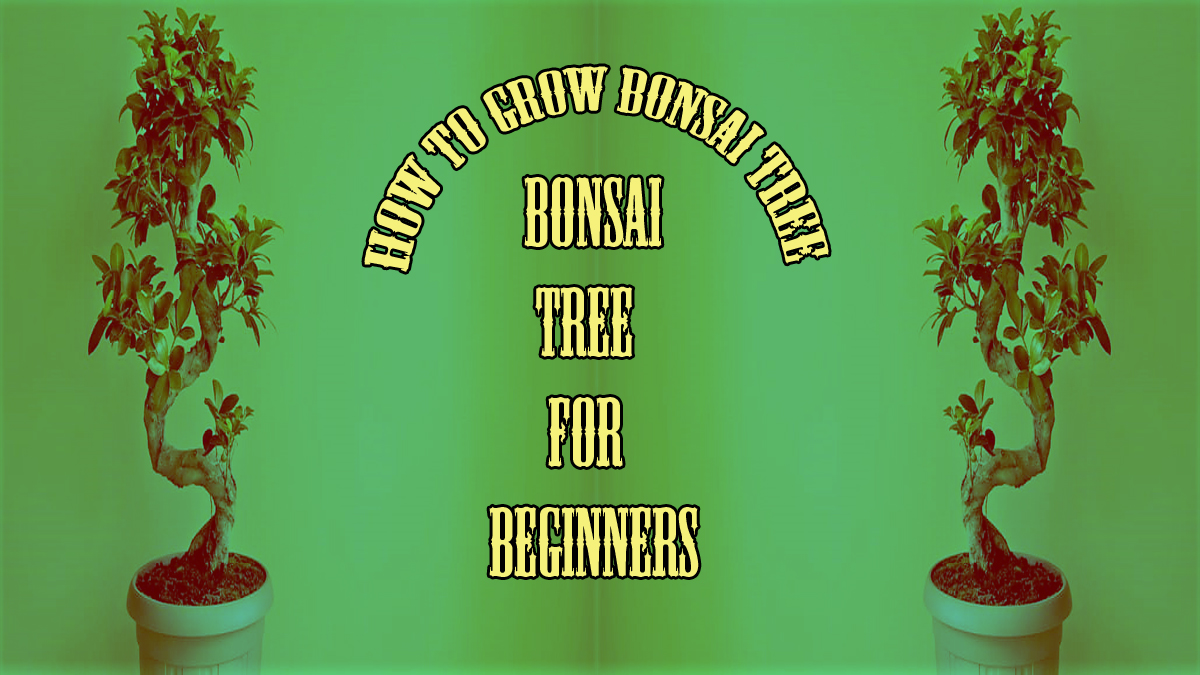
Pingback: The Art Of Bonsai - Dwell Gardens
Pingback: Bonsai For Beginners: How To Grow Bonsai Tree - Dwell Gardens
Pingback: The 7 Best Bonsai Watering Cans Effective For Nurturing Bonsai - Dwell Gardens
Pingback: 14 Best Bonsai Tools To Make A Proper Bonsai - Dwell Gardens
Pingback: Ming Aralia Bonsai Trees: A Unique Addition to Your Garden - Dwell Gardens